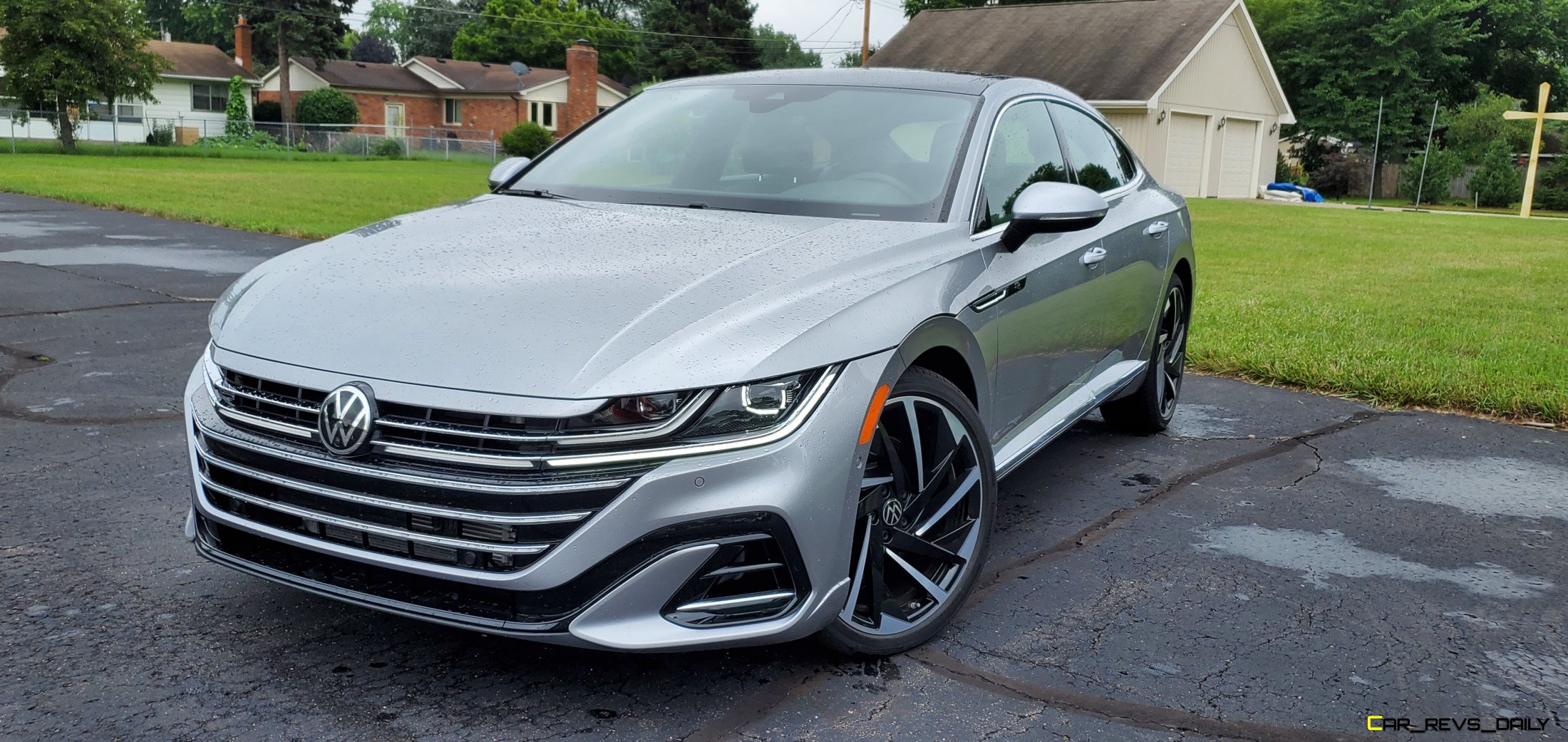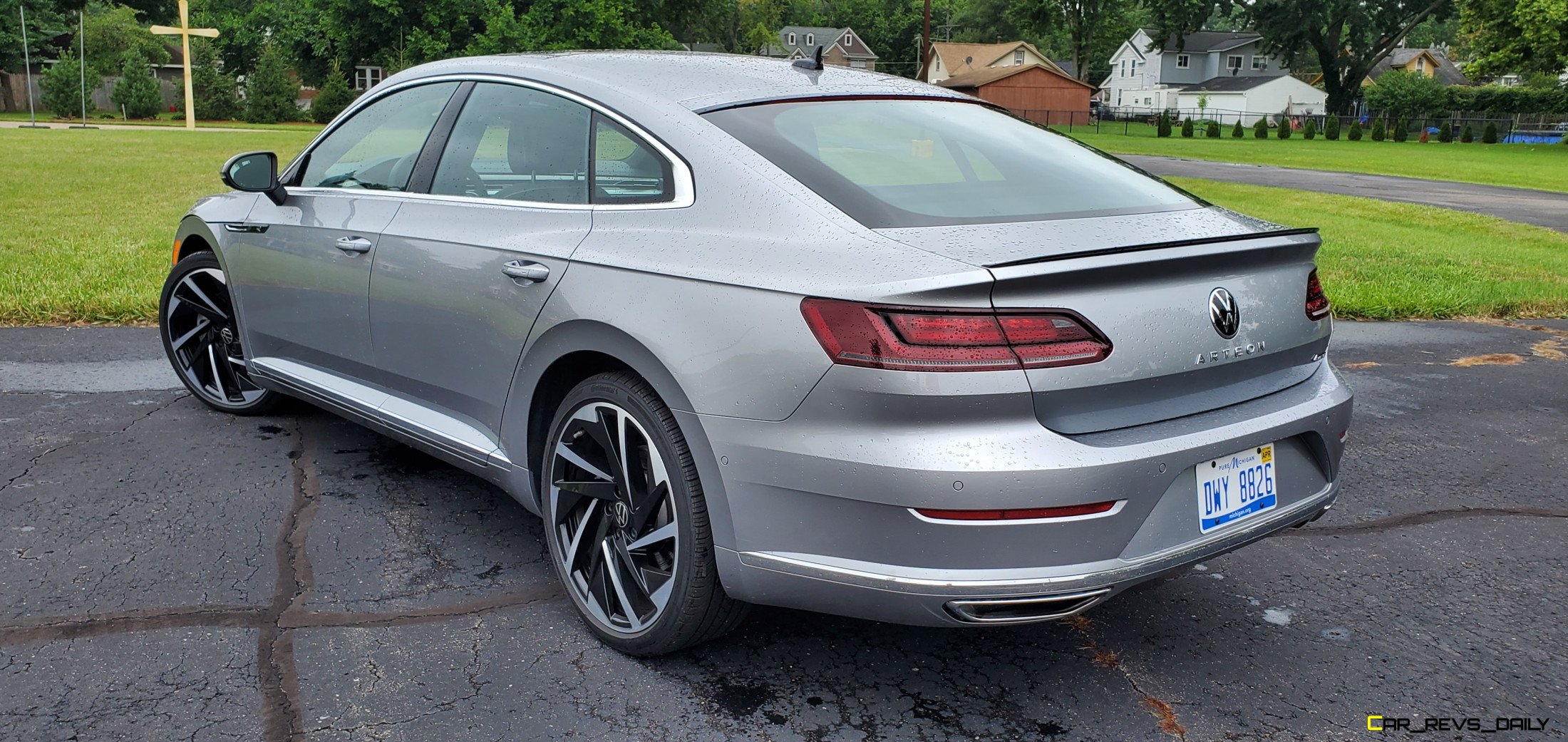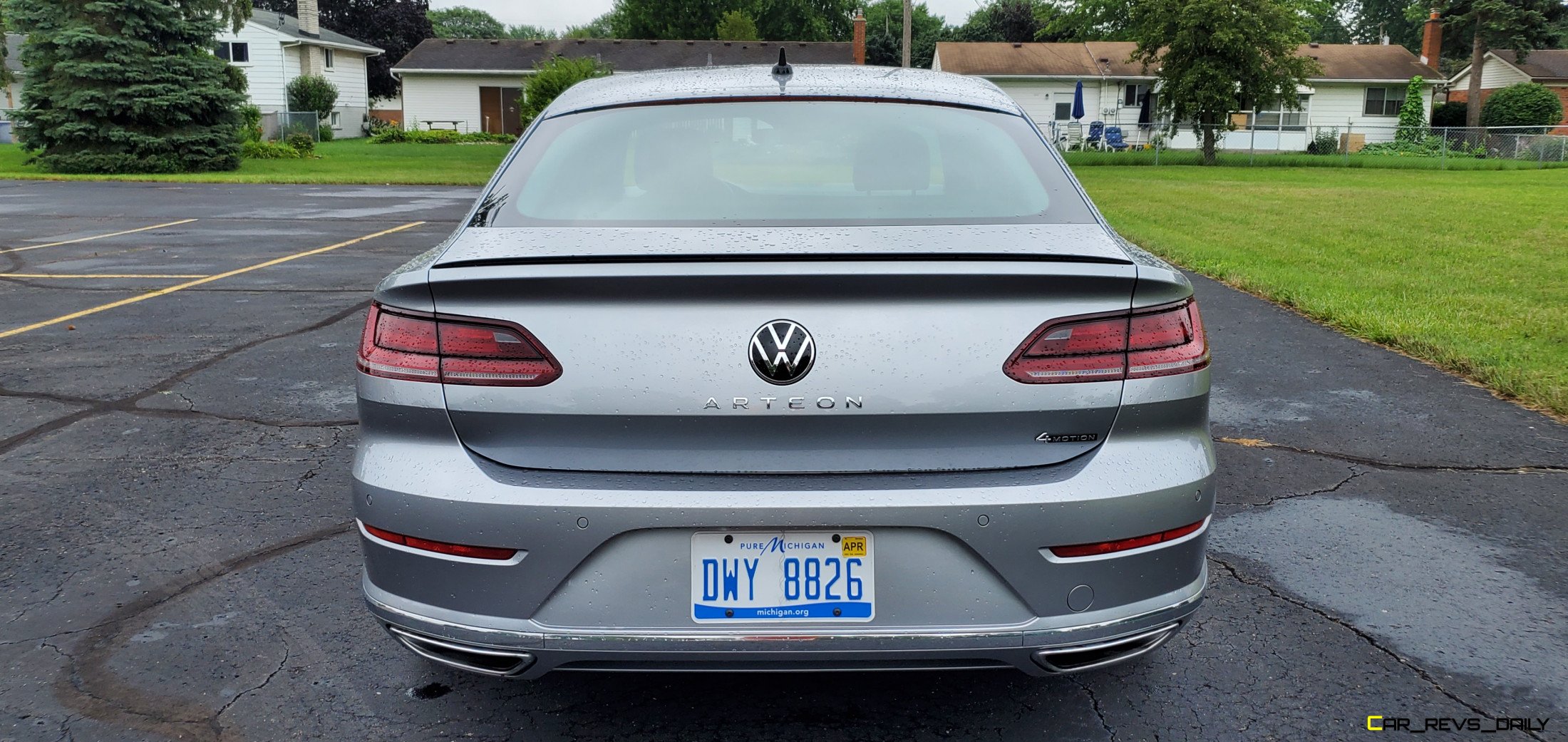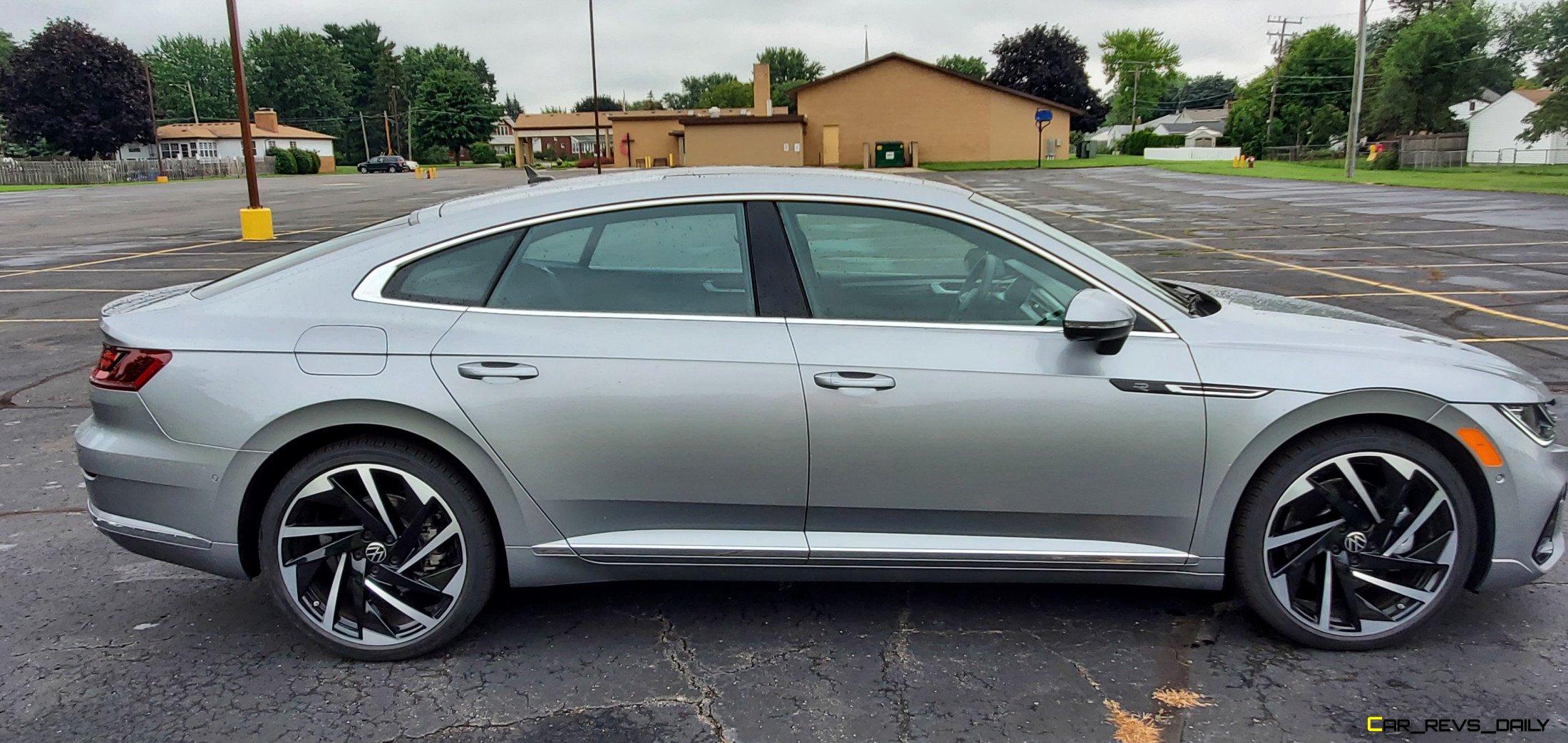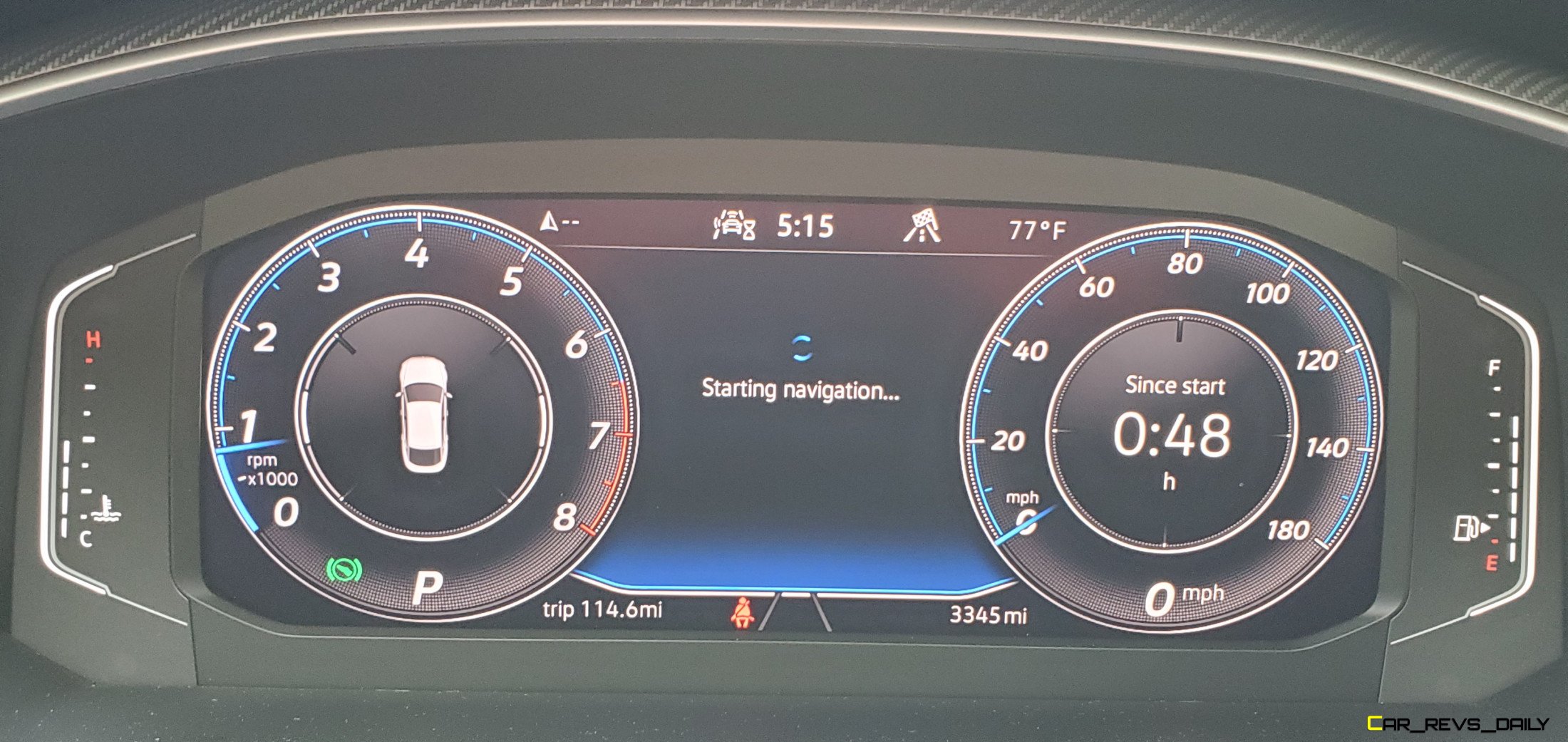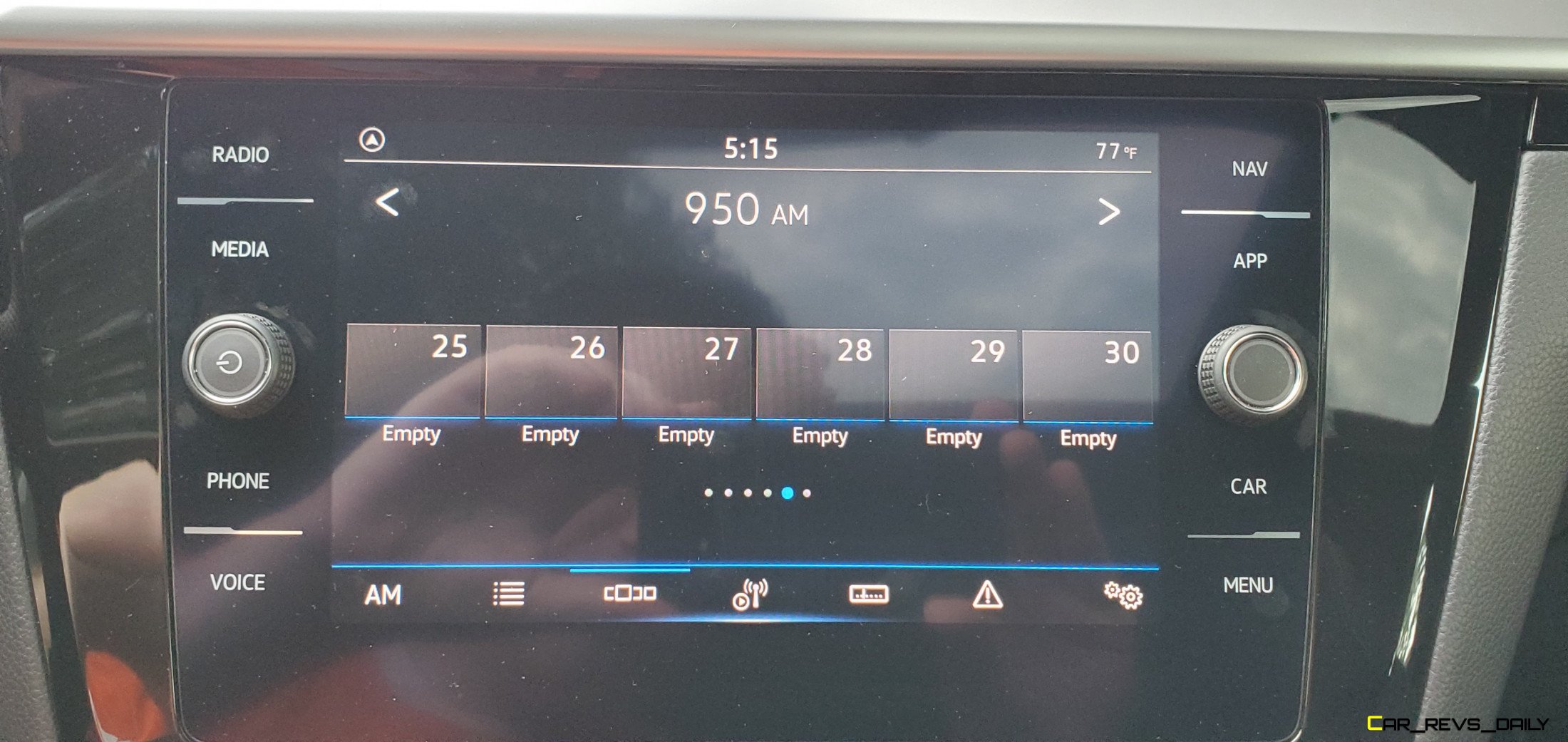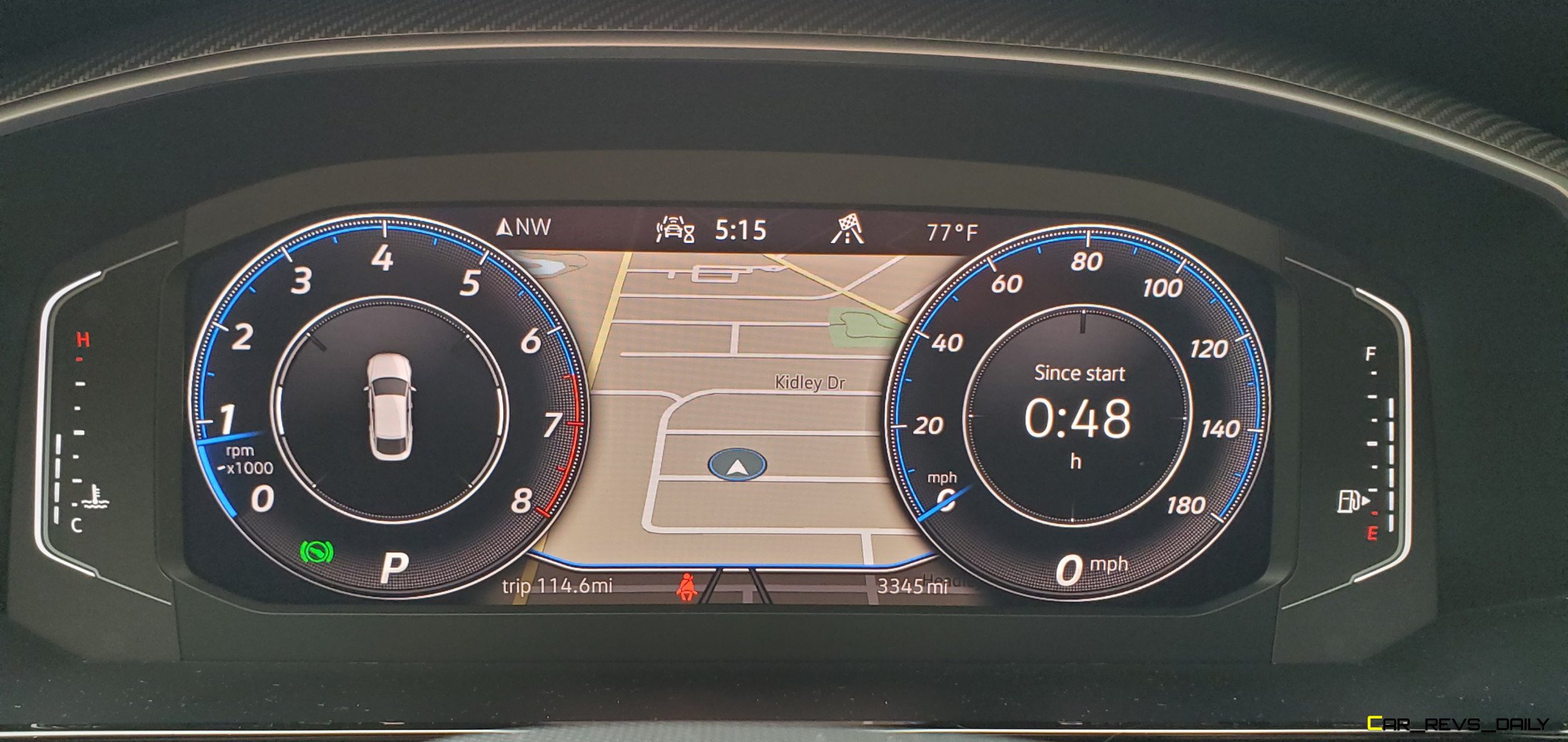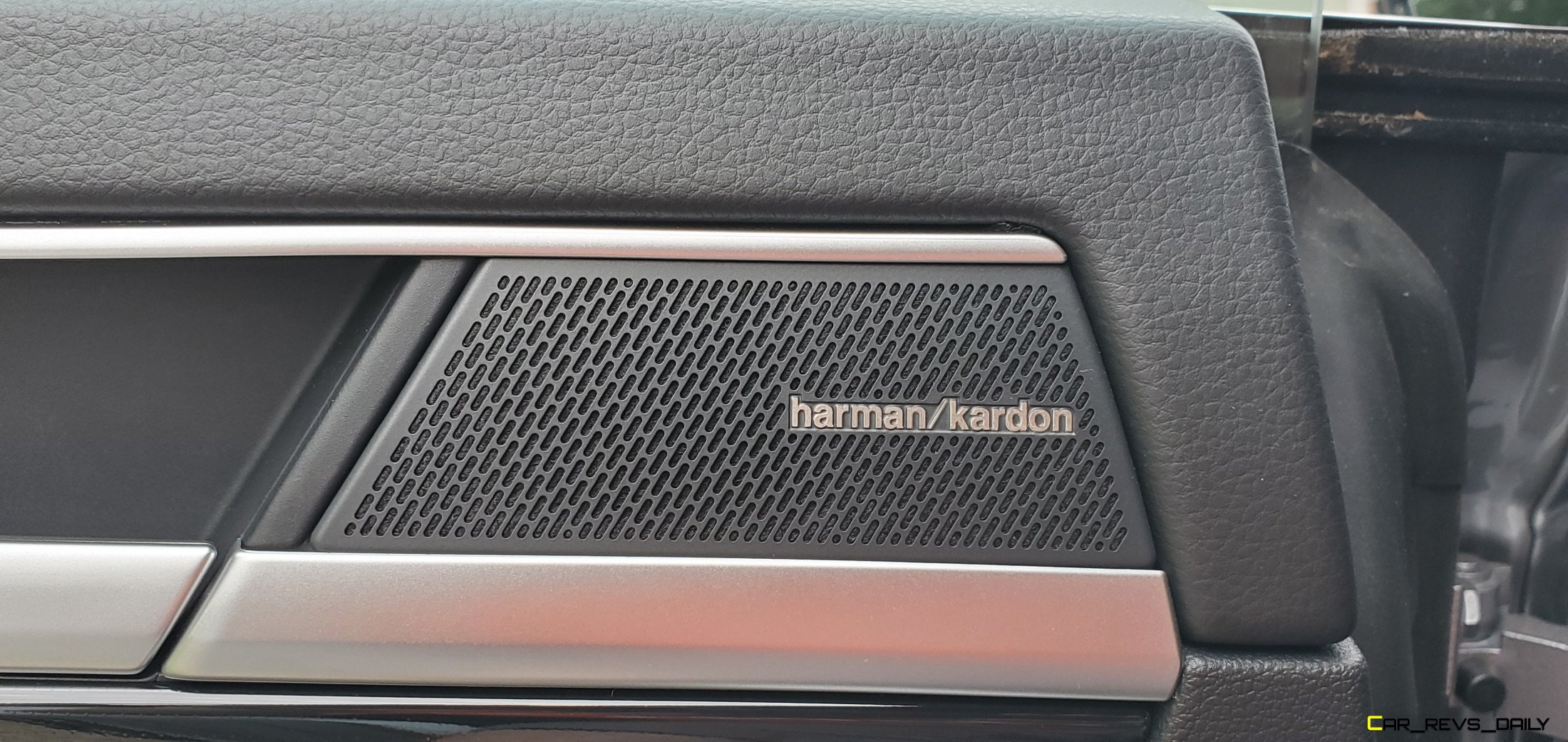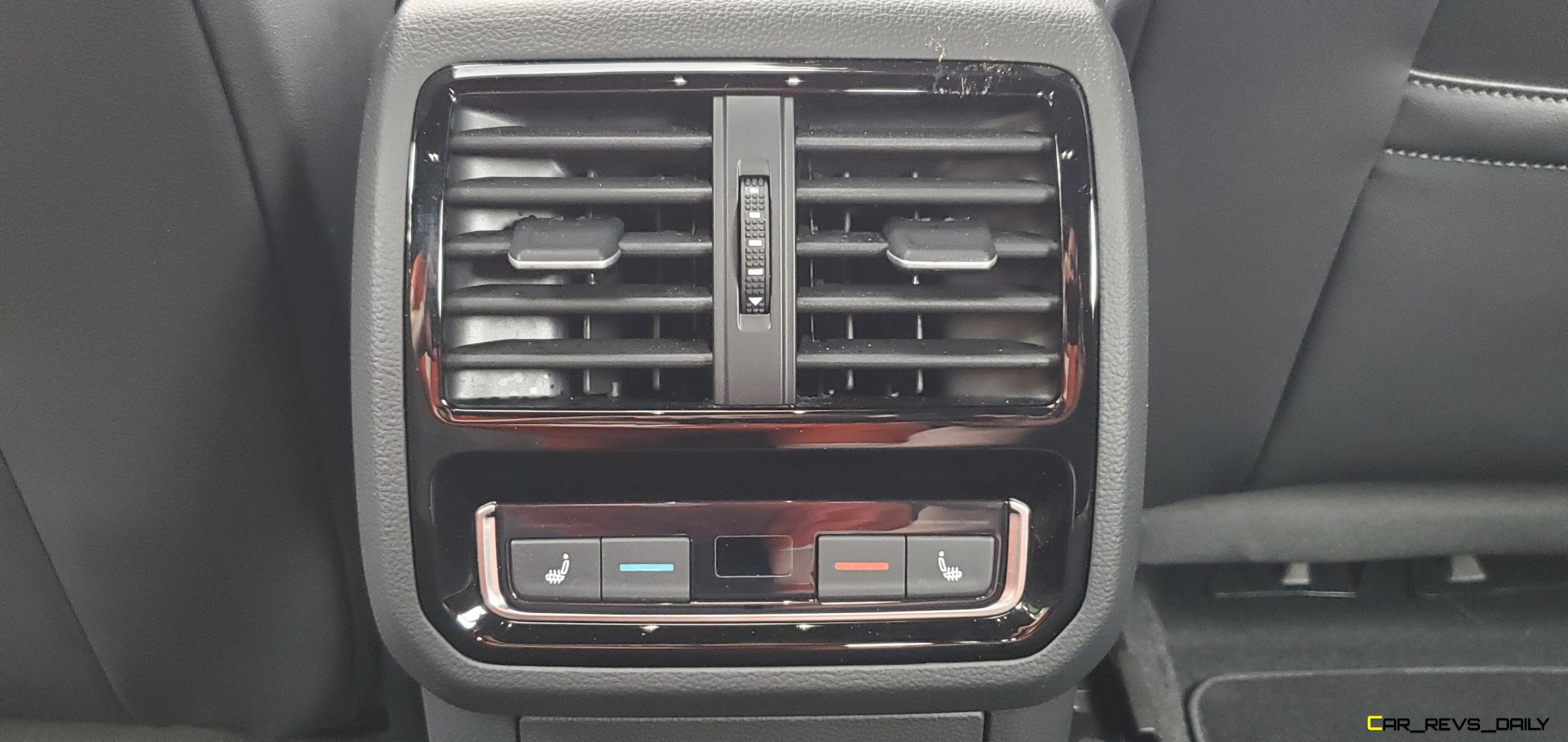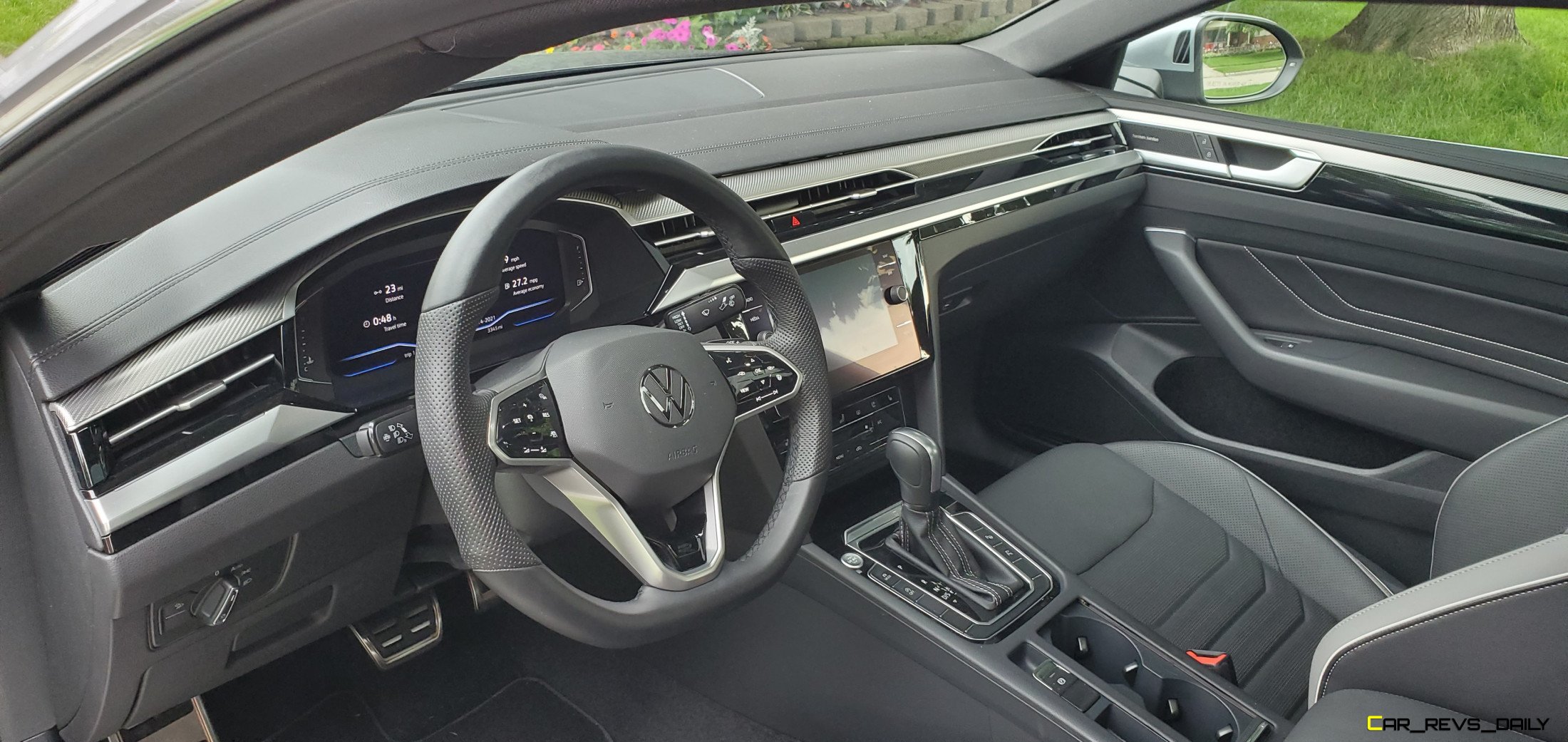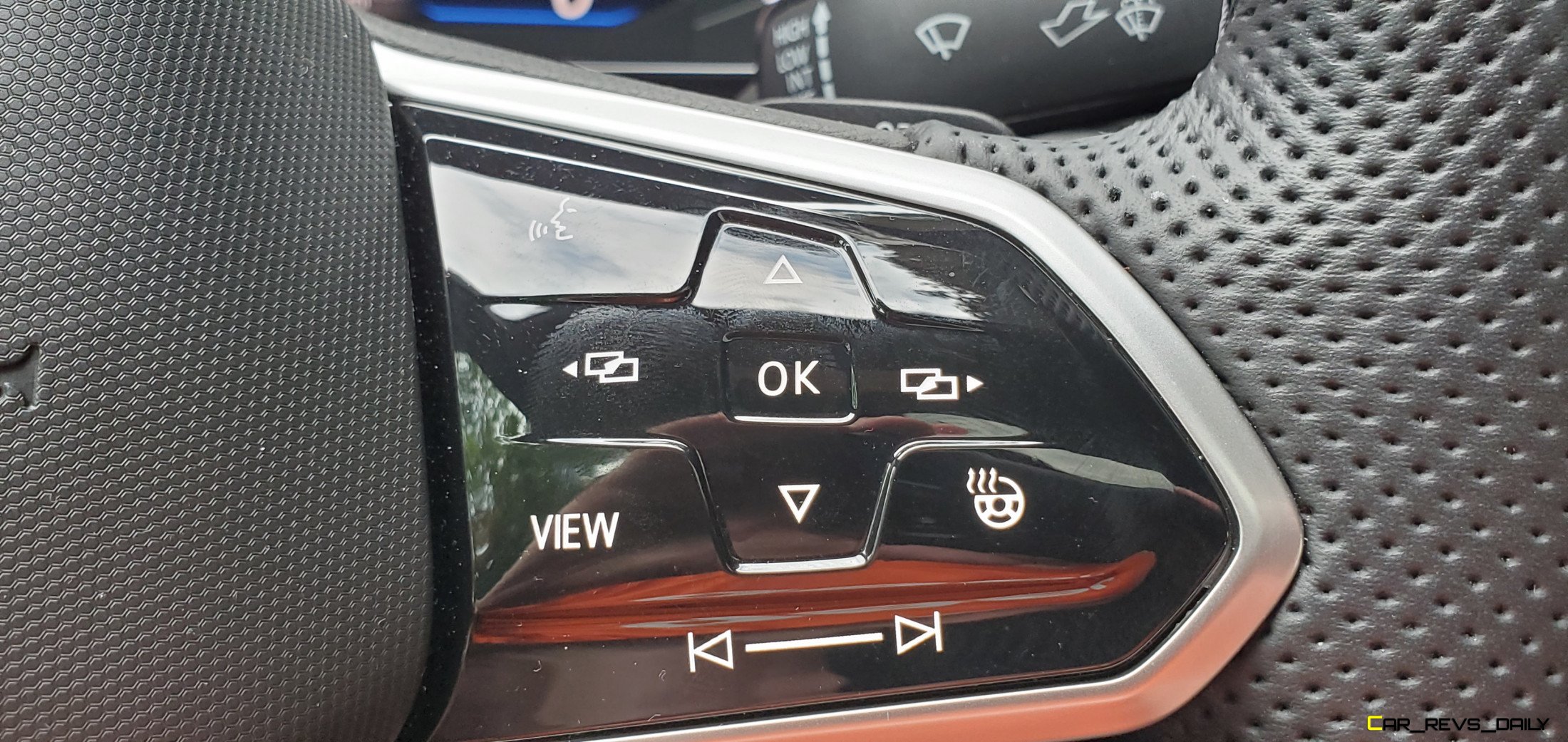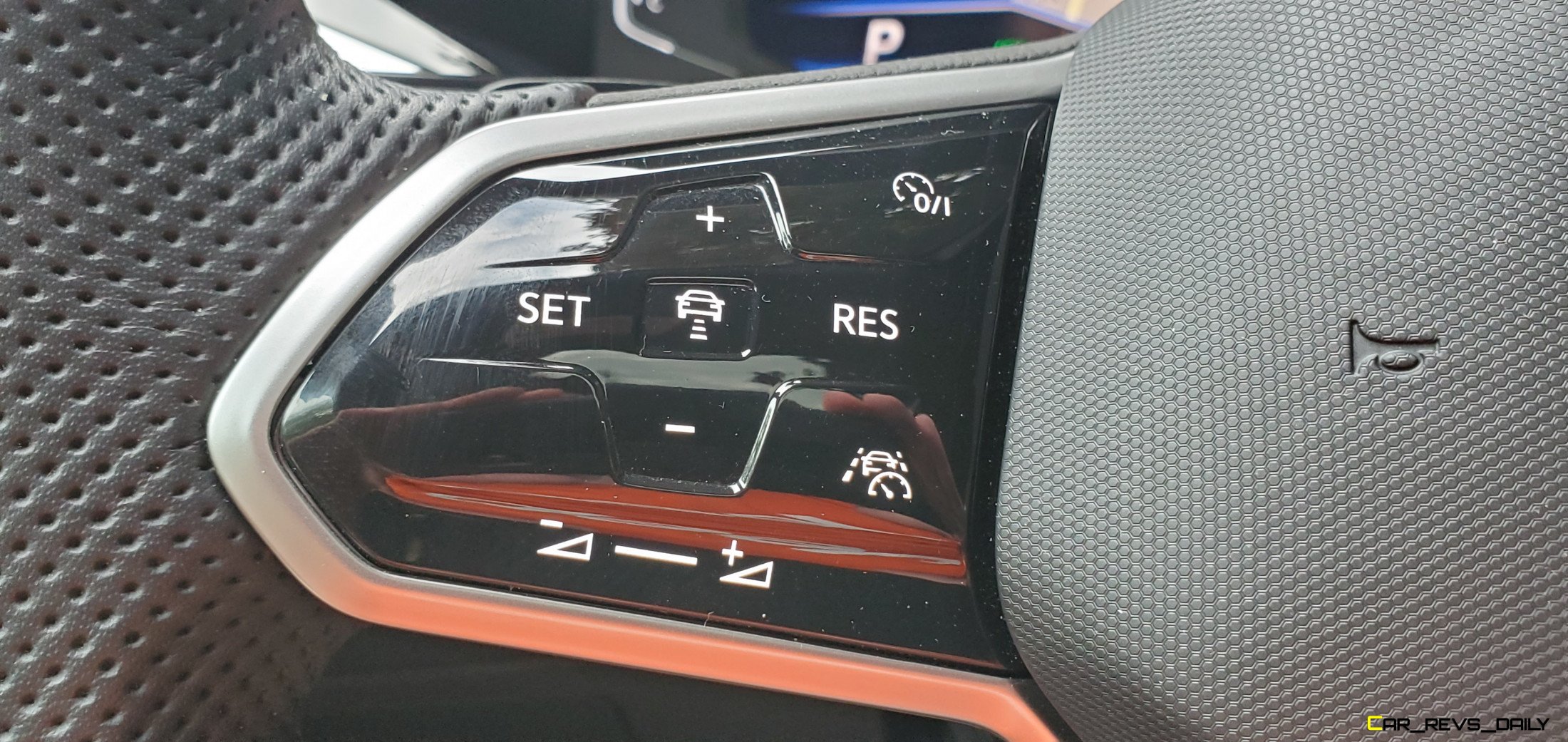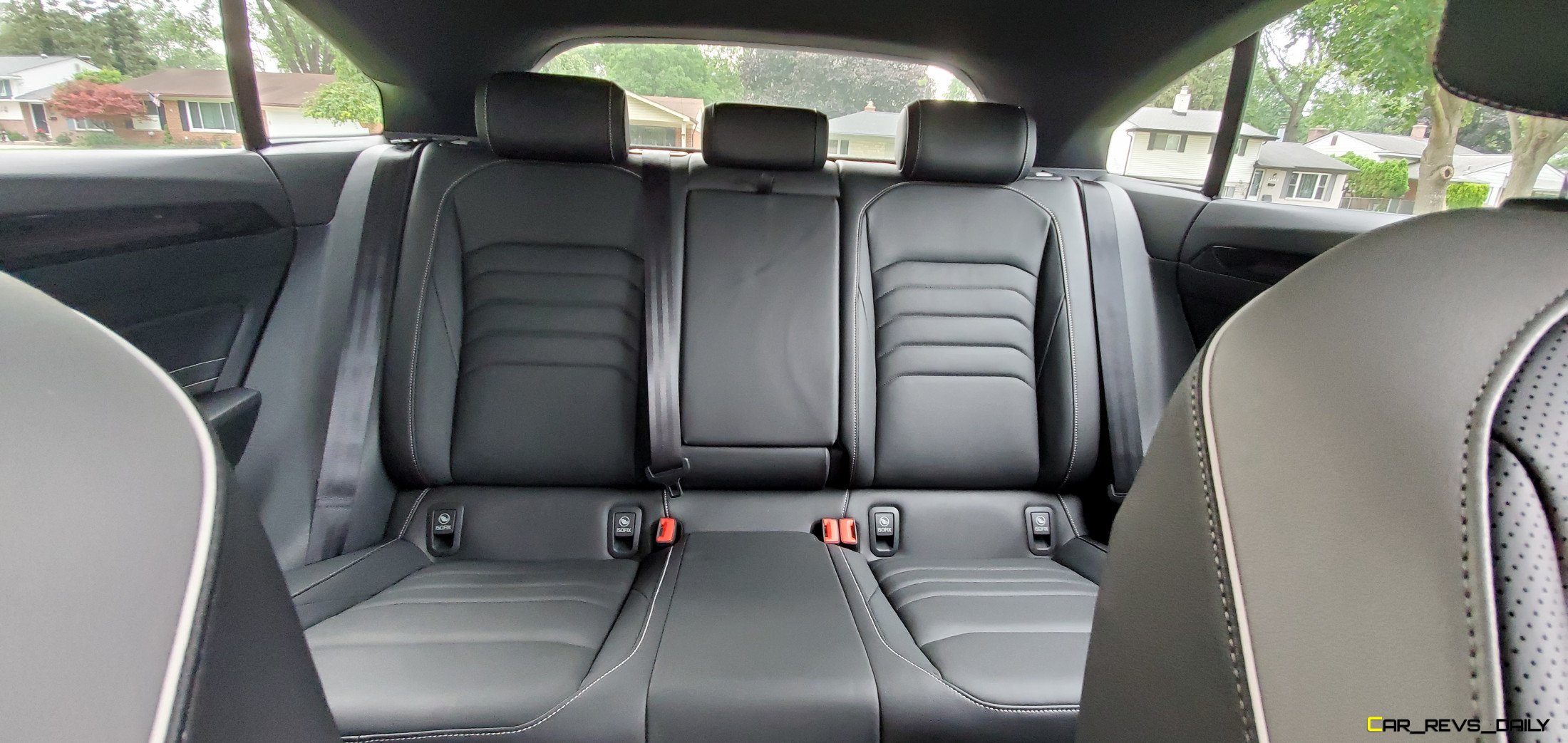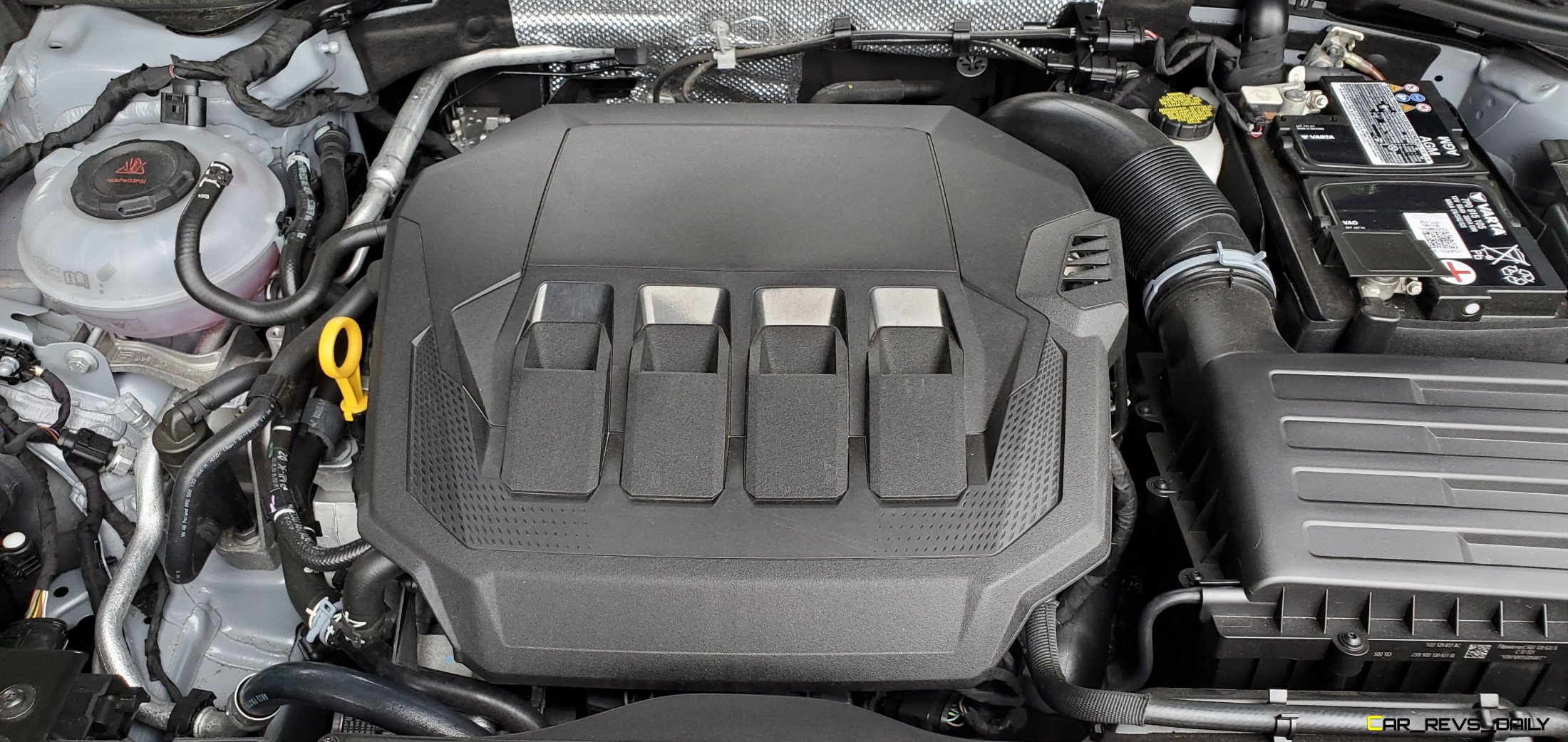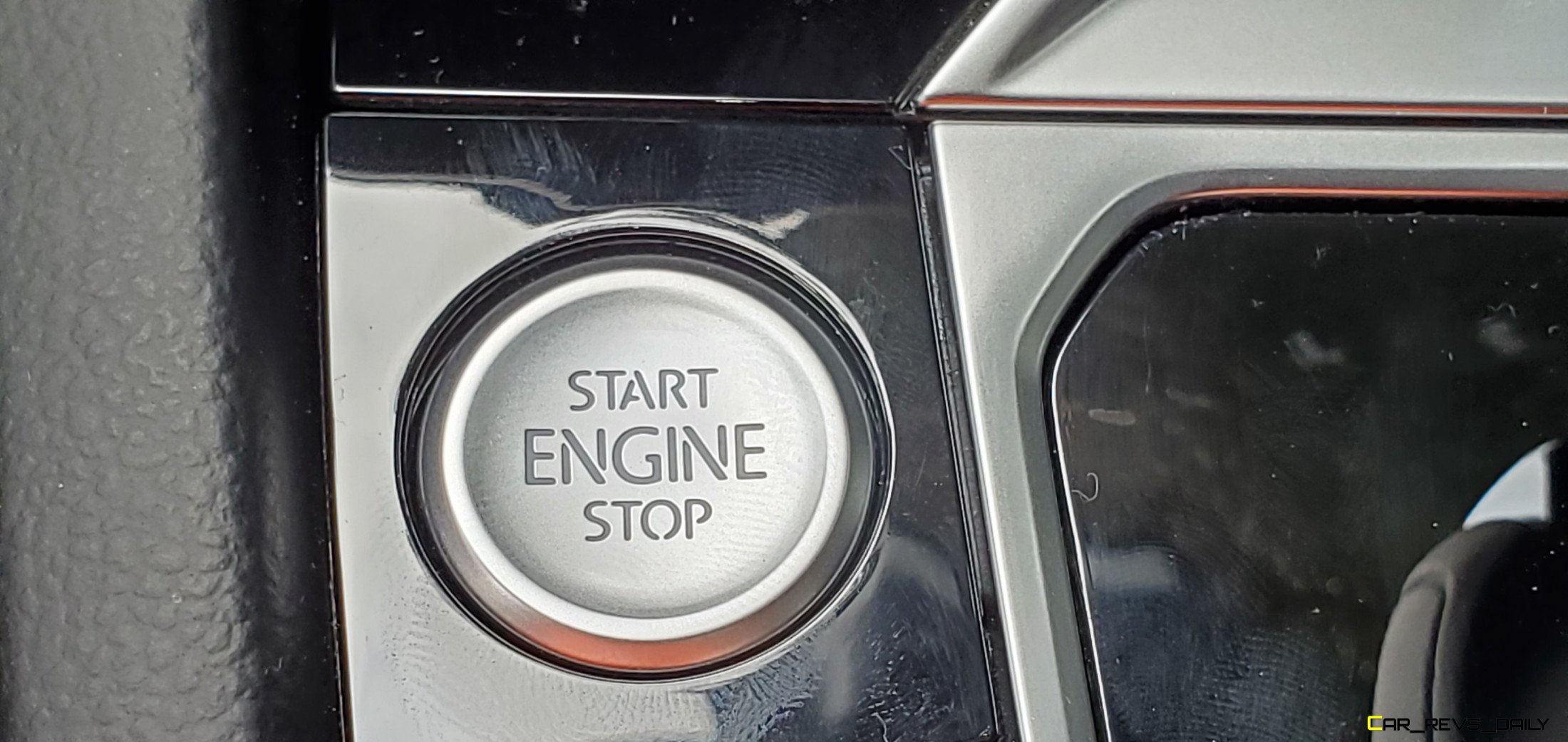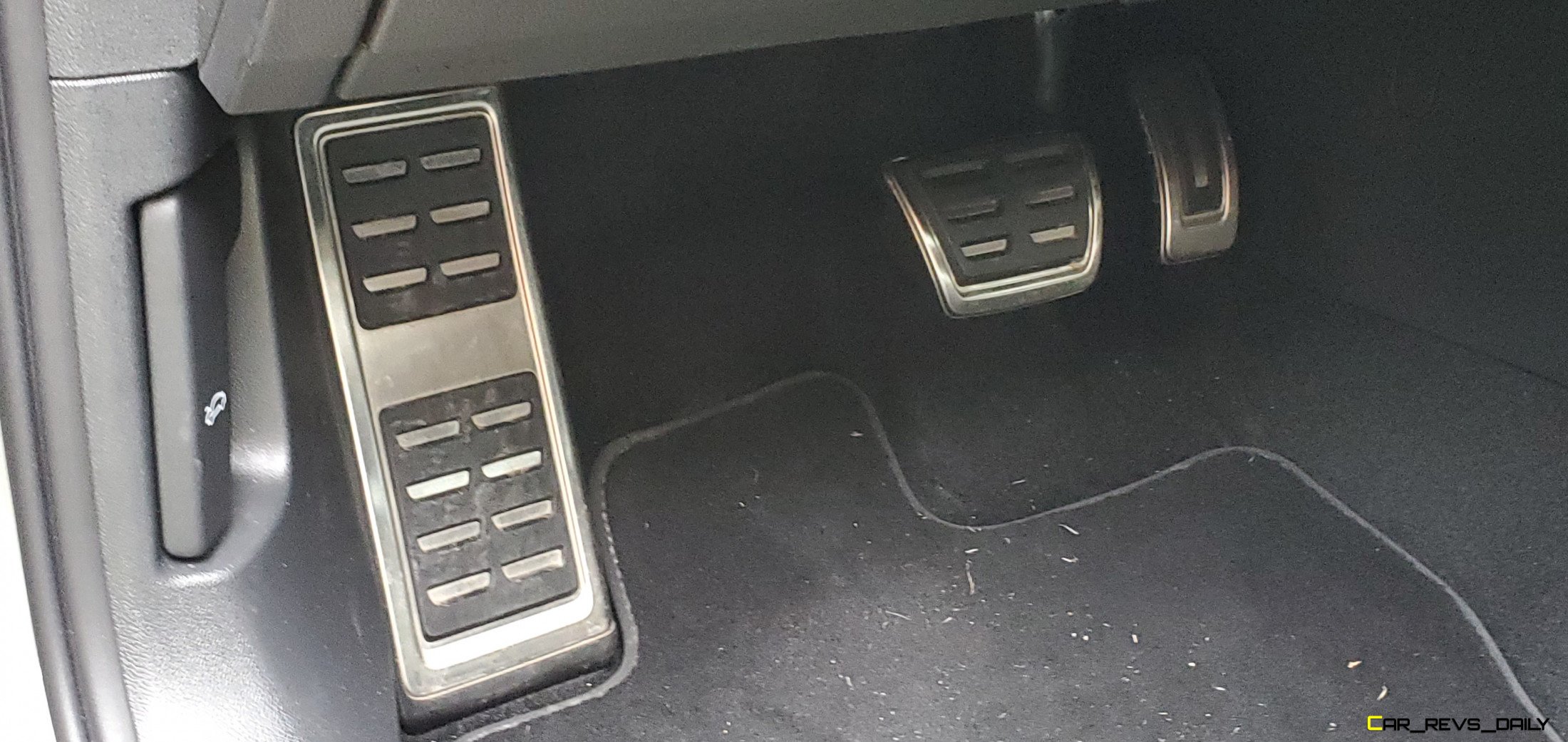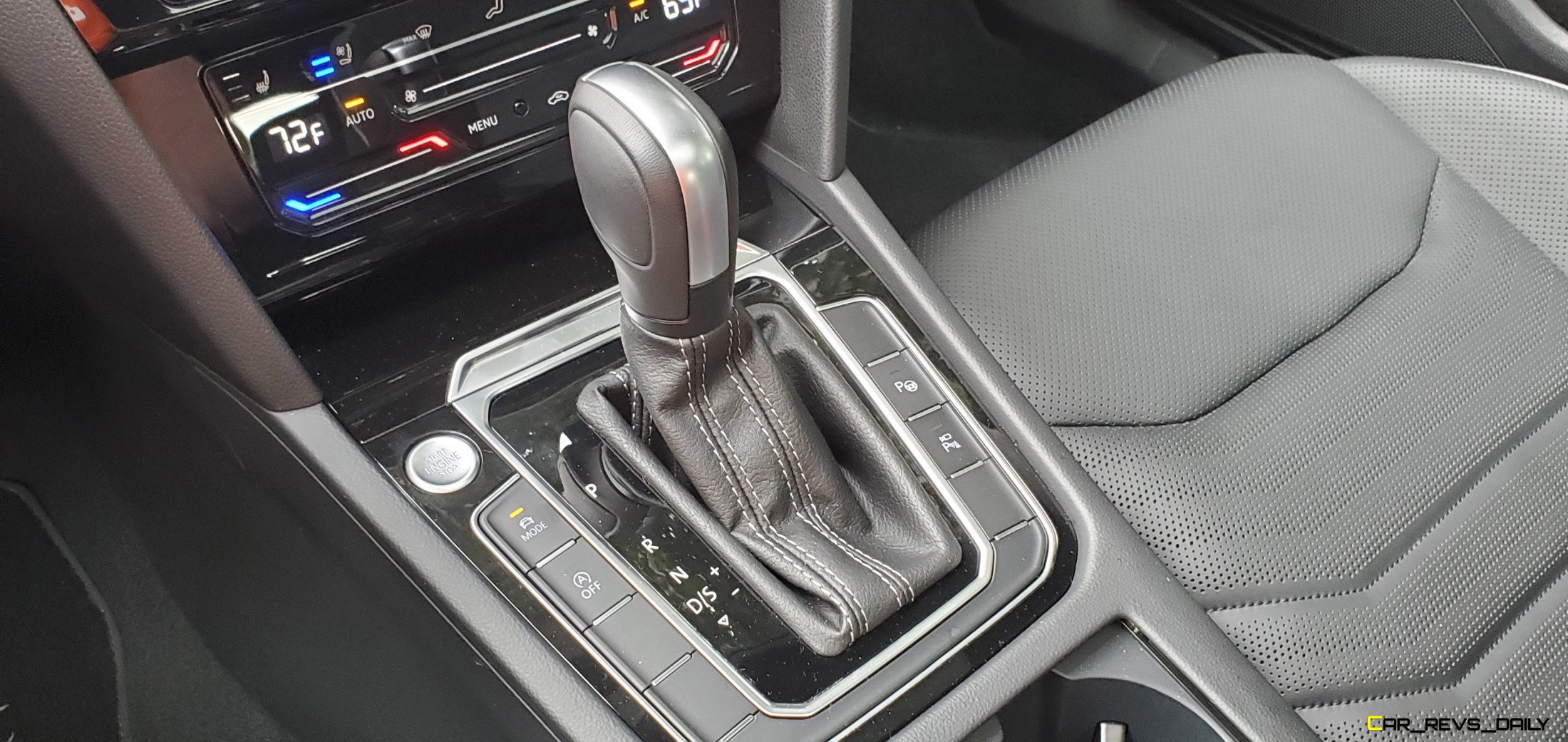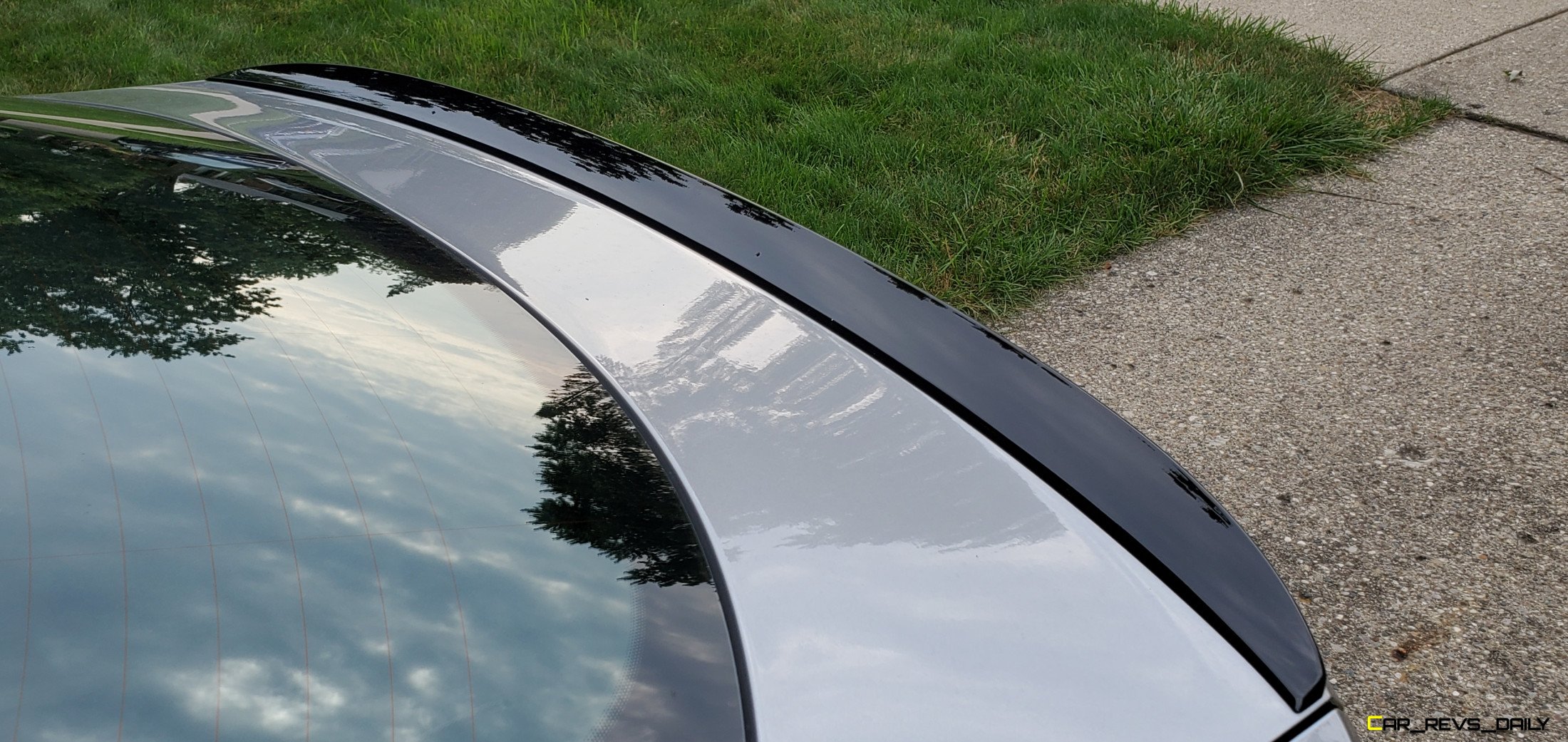The Volkswagen Arteon had alot on its plate when it first appeared in the U.S. in 2018. Not only did it have to replace the languishing CC in the U.S., but it also showed that top-notch Volkswagen design could move beyond the GTI and Golf R hot hatches and into other nameplates that might not have as much firepower under the hood. But does the Arteon truly succeed in finally bringing cohesive luxury to buyers in this regard? We followed up our west coast encounter of the Arteon with a sequel here on the east coast to see if the Arteon can get the job done no matter where in the U.S. you live.
Arteon is Still One Of The Best Designs In The Volkswagen Portfolio
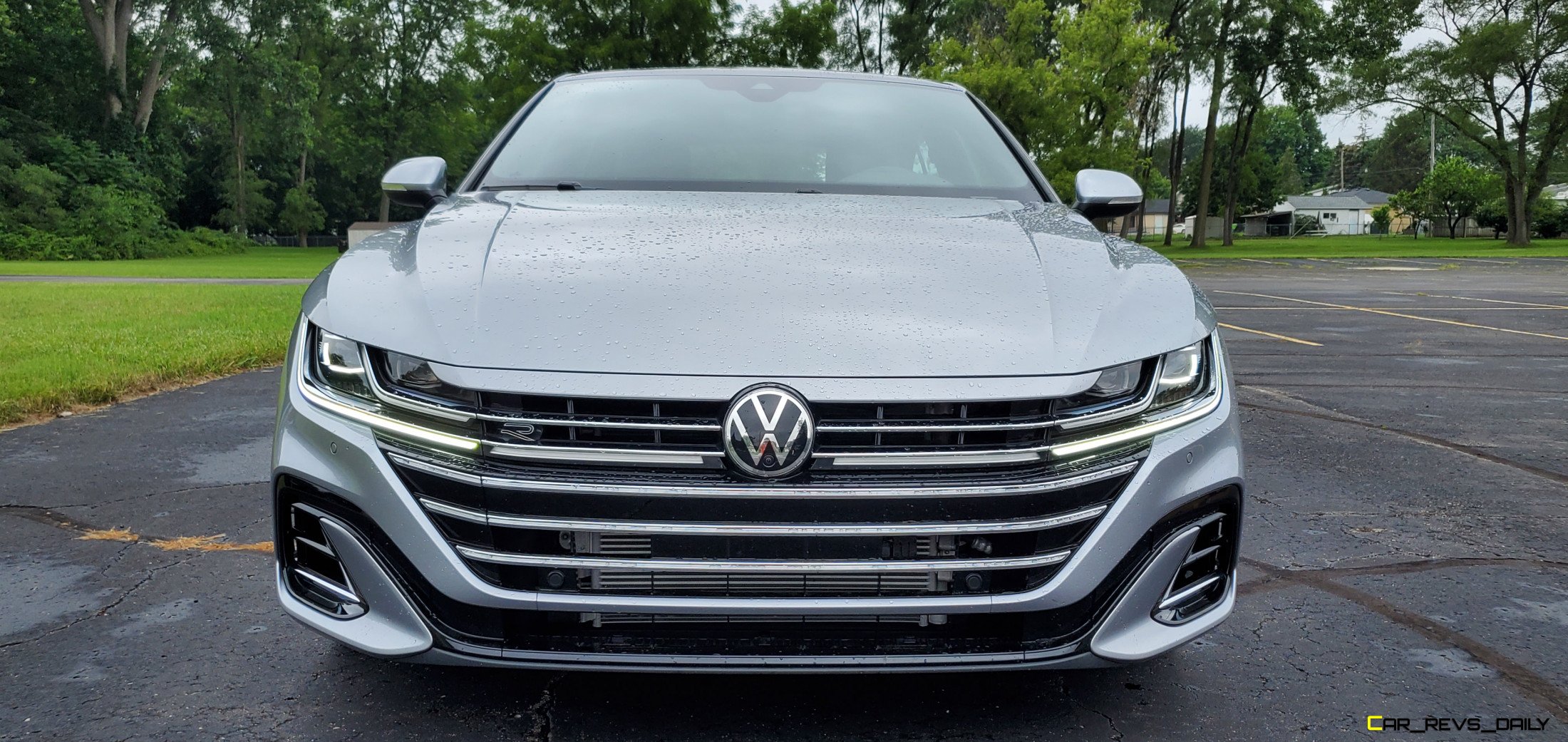
One of the key selling points for the Arteon is that it puts a higher emphasis on design and style versus submitting completely to function. The front fascia is perhaps the most controversial aspect of the car, some will despise the large shape of the chrome grille, but others will find it handsome. In our case, we were a bit conflicted, especially with how the headlights seem to clash with the large expanse of chrome real estate. But aesthetic challenges aside, the Arteon’s face is also a slight reference to plusher Audi models. If it weren’t for the large VW logo front and center, some folks might actually confuse it for an Audi if it had the trademark four interlocking rings instead.
The Arteon is technically a hatchback but Volkswagen designers chose to disguise it as a four-door sedan with a sloping roof and this sloping effect makes a good impression when you look at it from the side. The sporty profile gives the Arteon some pep in its step and R-Line trim like our tester. The bigger 20-inch alloy wheels enhance the effect. In typical Volkswagen tradition, the back end is the least exciting part of the Arteon but even here, the Arteon injects some class into it. The smoked taillights curve elegantly into the trunk lid, and the big rear bumper houses dual integrated exhaust tips. It adds a pinch of cohesion to the design though the dull grey paint on our tester prevented the Arteon from hitting its full aesthetic potential. The Arteon is an improvement over the outgoing Passat, with the latter being the equivalent of a dull tweed suit versus the chic designer shirt that represents the Arteon’s personality.
Updated Interior Blurs The Line Between Audi Luxury And Volkswagen Mainstream

While the Arteon’s updated exterior plays a role in luring customers, the interior of the Arteon is ultimately where the bulk of customers will spend time, and Volkswagen stylists made sure to devote extra attention into making it a more luxurious place to spend time in. The dashboard has received a rethink with the old-school analog clock being pitched for a more flowing design with some of the buttons for the infotainment system being relocated to the trim bezel around the shifter. The Arteon’s ambient lighting system now has 30 selectable colors, and the light bathes in at night not only from a strip on the dash but also translucent panels on the doors and even the fully digital instrument cluster.
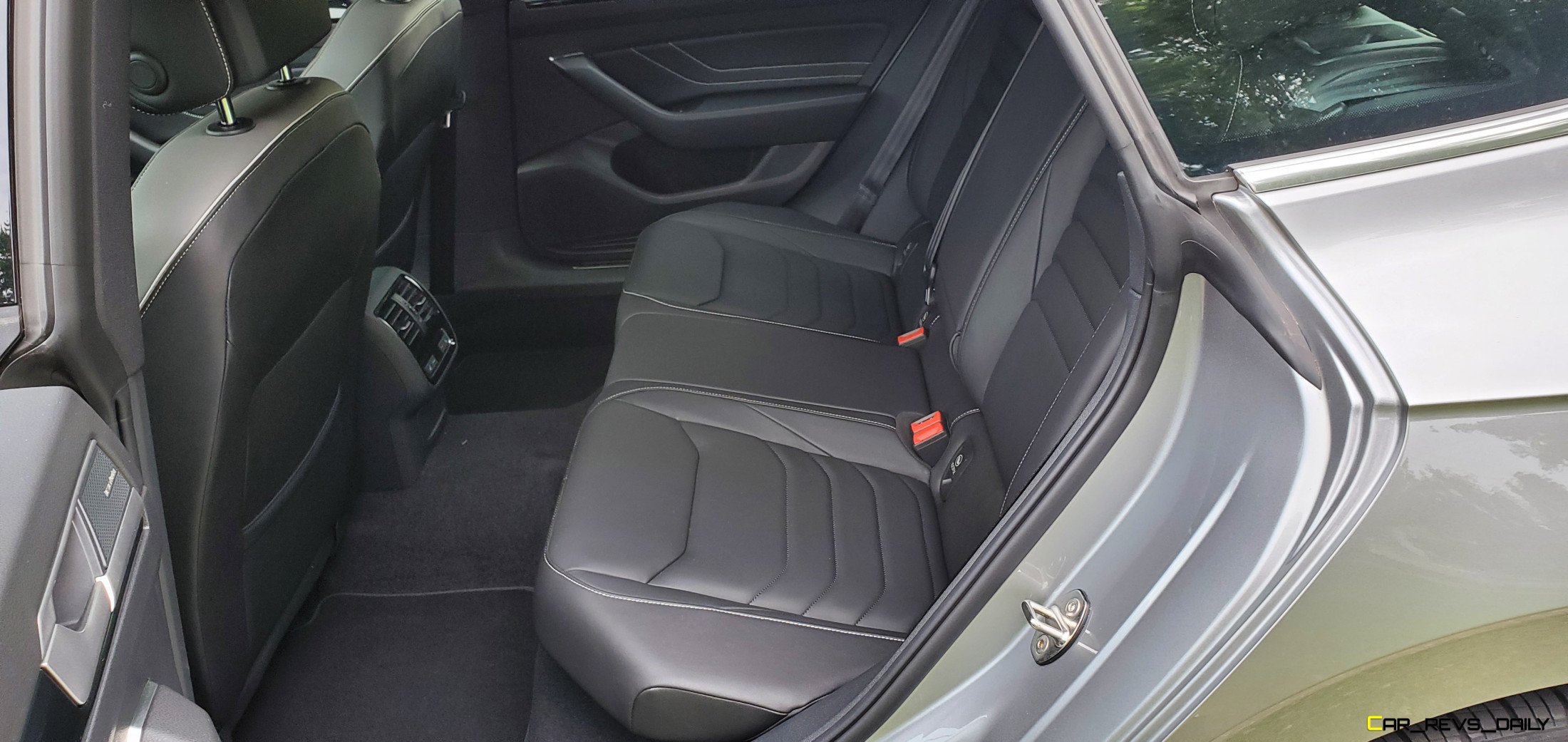
The leather-wrapped steering wheel has a contoured shape, and the thicker rim is more welcoming to the hands. The wheel also has all-new haptic controls that replace the analog ones, and they did a good job responding to inputs. However, our gloves test revealed that they are susceptible to accidental activation, so buyers in winter locales will have to be careful with where there hands are during cold months. Touch-sensitive climate controls are also on board, and unlike other systems we have experienced, this setup is not as distracting and is very easy to use.
The front seats are very comfortable, and they even offer a commendable amount of bolstering and legroom. Rear passengers also get a good amount of head and legroom despite the sloping roof. The Arteon comes with massaging seats, but we don’t recommend using it since the sensation feels more like a bag of rocks versus anything that resembles a formal massage. Practicality is also an Arteon strong suit with the expansive trunk holding an impressive amount of cargo. Fold the seats down, and the Arteon can haul just as much as some CUVs on the market. We put that to the test with the Arteon being tasked with picking up Craigslist purchases around town. From bags of returnable cans to even some bulkier items, our tester never flinched and was willing to take on everything that we threw at it.
Arteon’s One Size Fits All Approach To Performance Will Please Buyers
With all the updates made to the exterior and interior, the performance hardware for the Arteon is largely unchanged, with our tester being powered by a 2.0-liter turbocharged four-cylinder that produces 268 hp. Sadly, the 315 hp version of this engine is not coming here, but even in this slightly tamer spec, the 2.0 liter in our tester still managed to impress us with how much pep it had in city driving. An eight-speed automatic is the sole transmission available and it plays a key role in helping the freeway mileage grow to 31 mpg, which is a gain of 4 versus its 2019 predecessor.
The eight-speed also delivers smooth shifts and is even more precise in sport mode. The Arteon may not be as spicy as the Golf GTI especially when you factor in its 6.4-second sprint to 60 but it just shows that the Arteon has its own take on performance. The acceleration and the handling might not be as sharp as the GTI but the Arteon makes up for it by putting a stronger focus on comfort and long-distance cruising. That preference reveals itself when you experience the light steering effort and the sheer indifference that the Arteon projects when tasked with taking sharp corners. But if you allow the Arteon to follow its own groove, it morphs into a delightful car.
Value Quotient
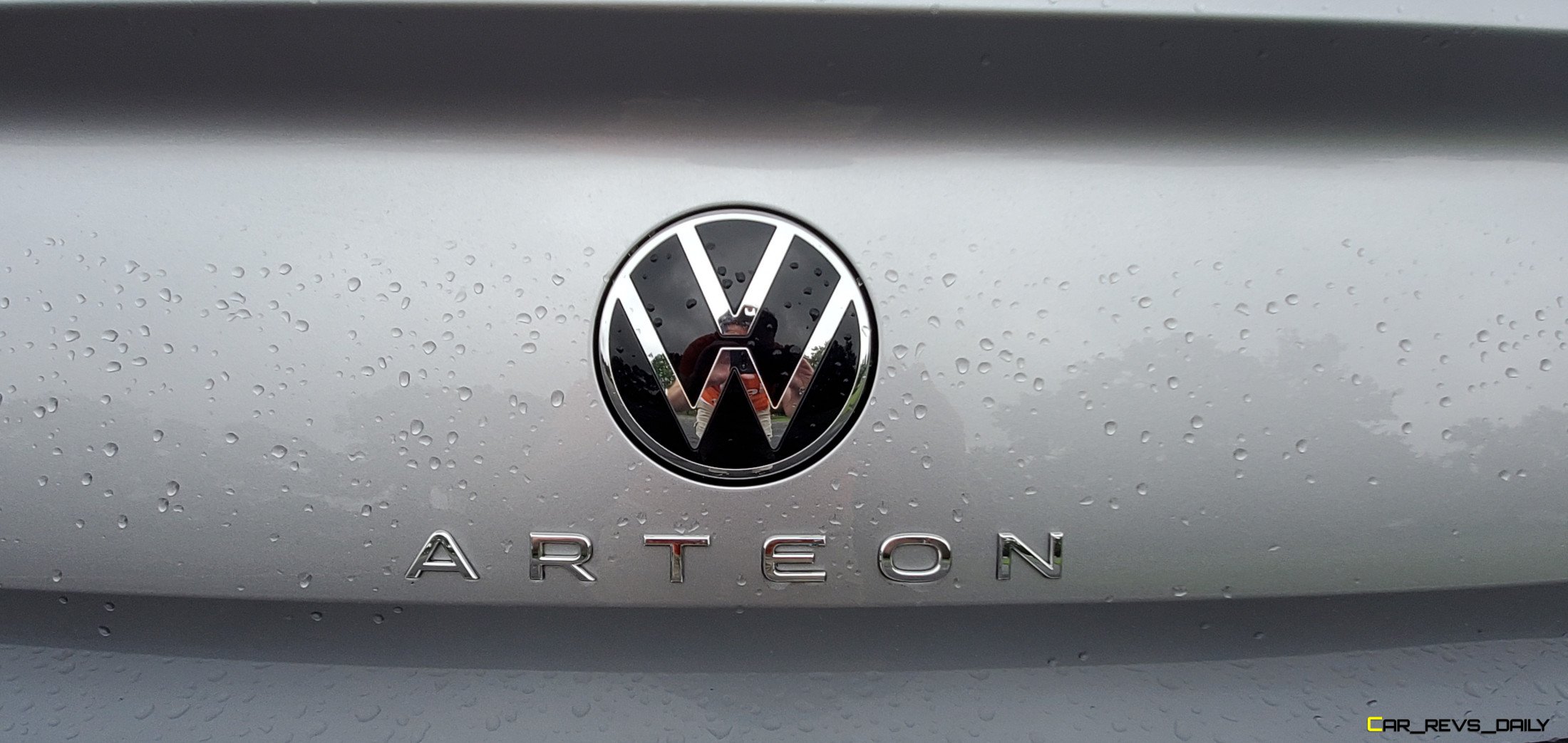
With all the luxury car style touches that the Arteon brings to the table, it’s only natural to see that it also wields luxury car style pricing too. Base Arteons start at $36,995, which gets you an SE model that comes with standard features such as LED headlights, Volkswagen’s Digital COckpit system, and Blind Spot Monitoring that comes with bundled Front assist Technology. Moving up to the $41,595 SEL R-Line is when things get more stylish with this model, adding a Panoramic Sunroof, Park Assist, and more goodies to its impressive arsenal of standard equipment.
As for our SEL Premium R-Line tester it’s the range-topper in the family and has a base price of $46,995. Our grey-hued tester arrived with no optional extras, which allowed it to check in at $48,190 with the $1,195 destination fee included. That allowed our car to sail under the $50,000 barrier though you might face some tough questions from folks on why you spent almost $50k on a four-cylinder powered luxury car? That’s especially true when you consider that the slightly more powerful Kia Stinger GT-Line has a lower base price of $36,090. At the same time, the $43,690 GT1 model brings V6 power and performance goodies to buyers without crossing the $50,000 barrier.
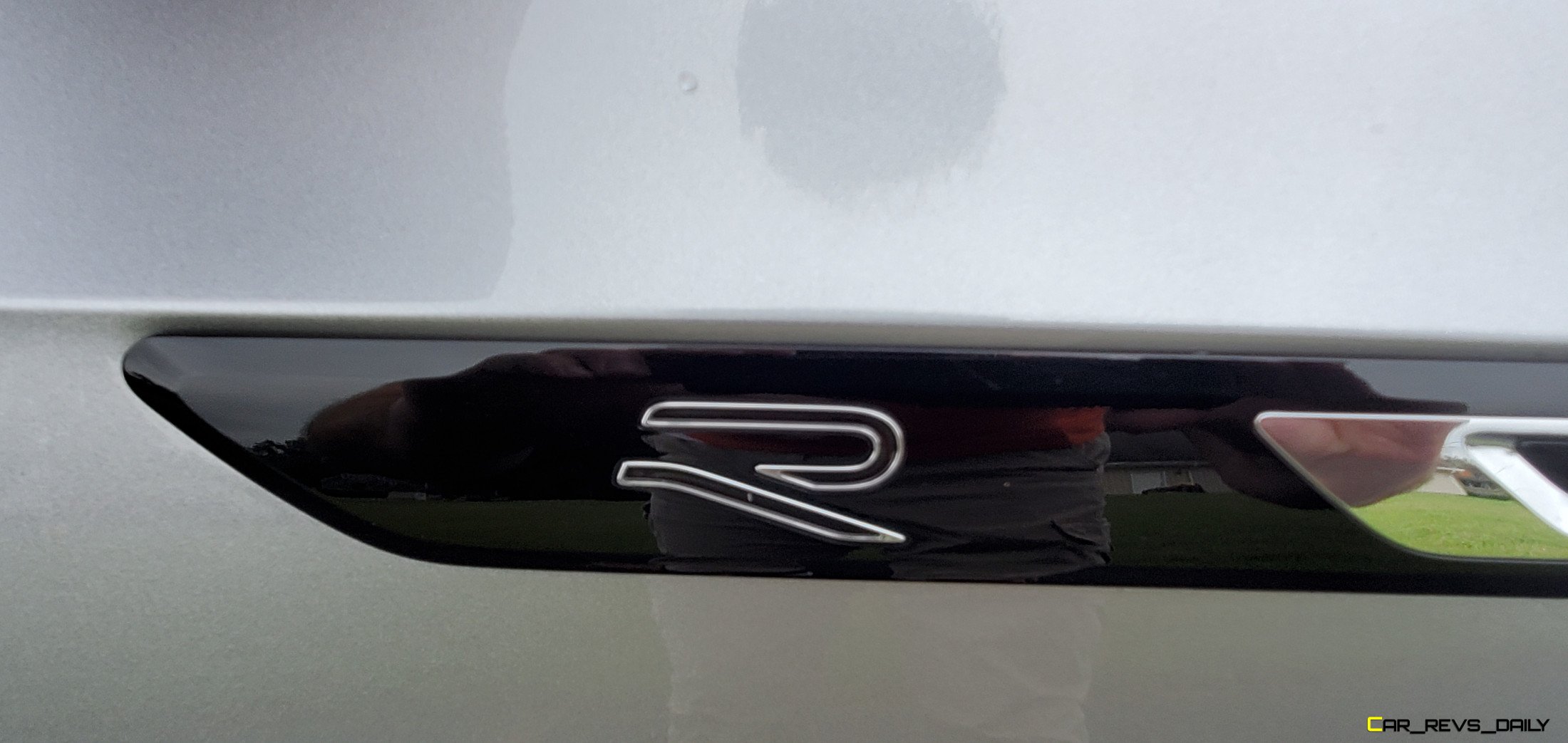
The Arteon also has the Honda Accord Touring 2.0 T and the Toyota Avalon TRD in its crosshairs. However, the Toyota is waving the white flag after 2022 due to lagging sales, leaving the Honda as its sole family-focused rival. Speaking of lagging sales, they have also dodged the Arteon during its existence, with Volkswagen only moving 5,000 examples during the third quarter of 2020. But unlike other automakers that would’ve cut a model with sales figures like that, the German automaker is banking on its growing lineup of SUV and utility offerings like the Taos to pick up the bulk of the sales numbers. This emphasis on one segment could, in theory, give the Arteon some breathing room in its attempts at securing a niche market for itself.

Carl Malek has been an automotive journalist for over 10 years. First starting out as a freelance photographer before making the transition to writing during college, his work has appeared on numerous automotive forums as well as websites such as Autoshopper.com.
Carl is also a big fan of British vehicles with the bulk of his devotion going to the Morgan Motor Company as well as offerings from Lotus, MG, and Caterham. When he is not writing about automobiles, Carl enjoys spending time with his family and friends in the Metro Detroit area, as well as spending time with his adorable pets.

